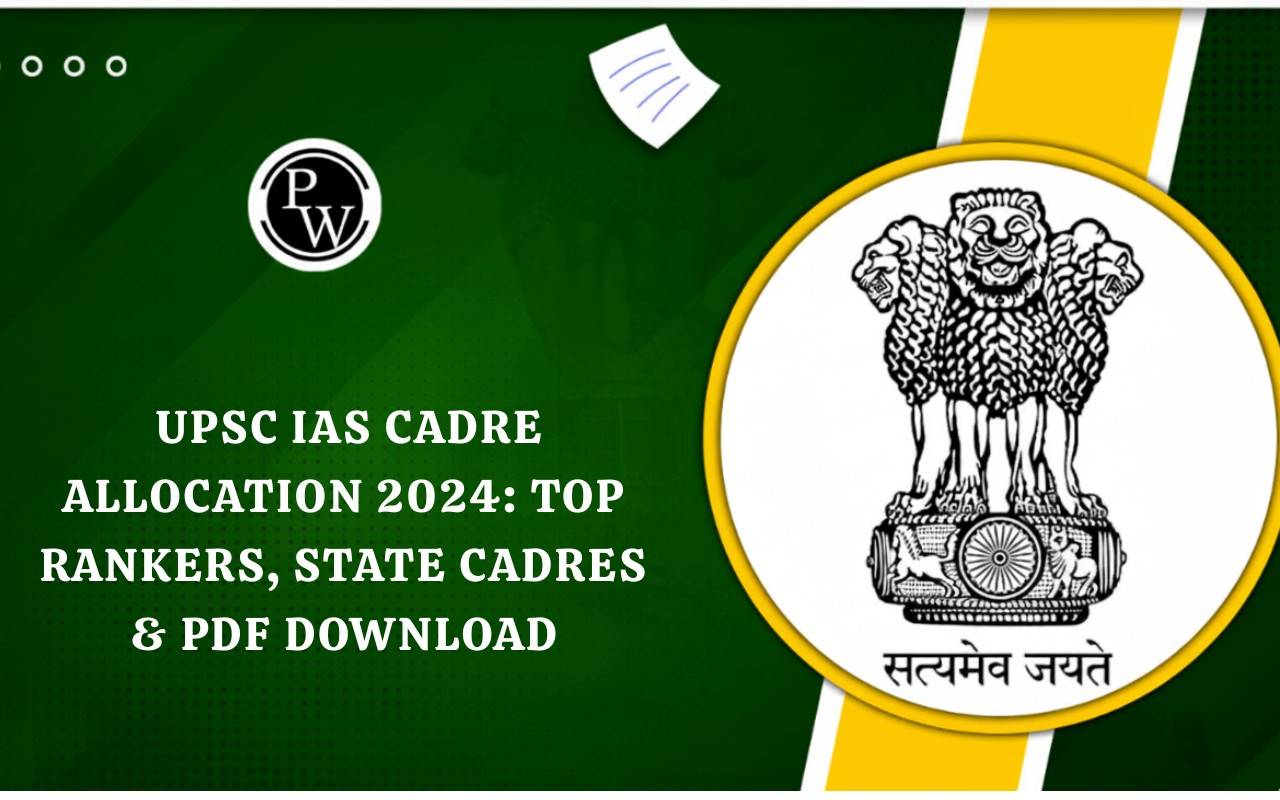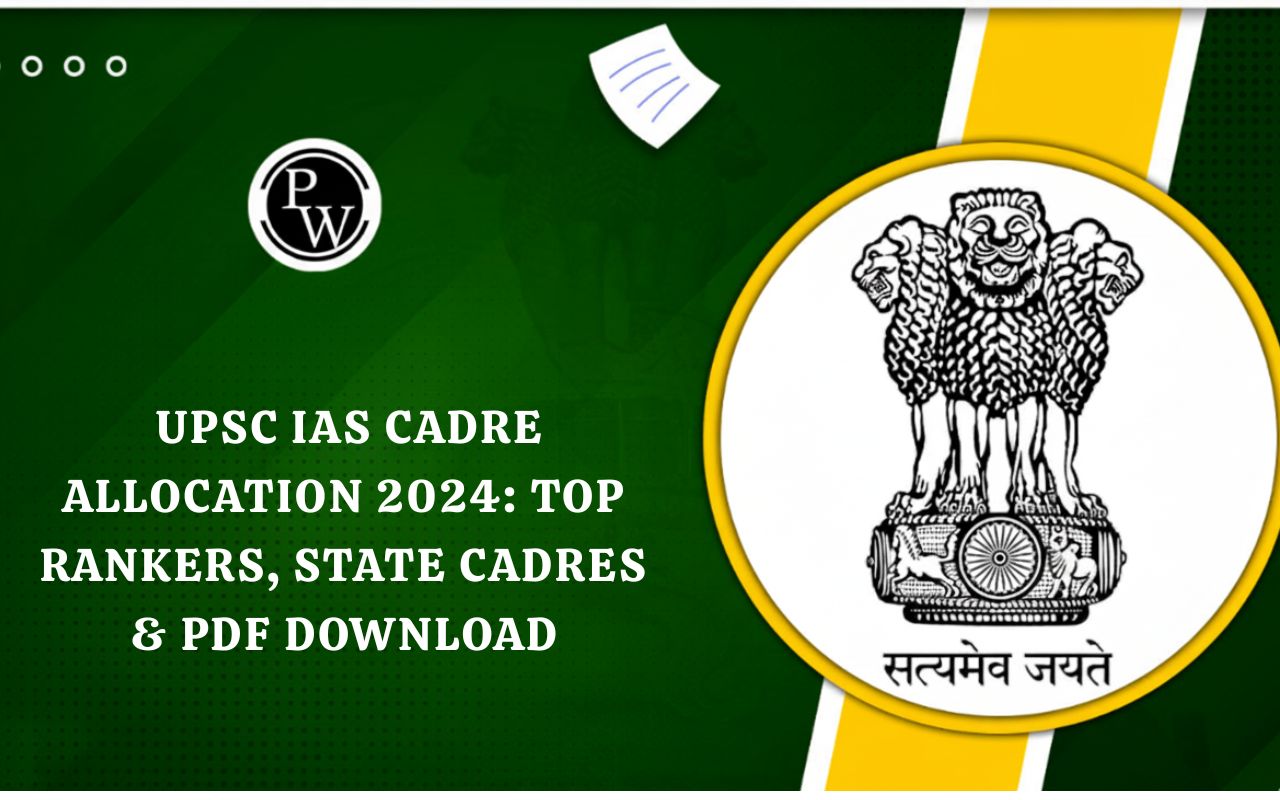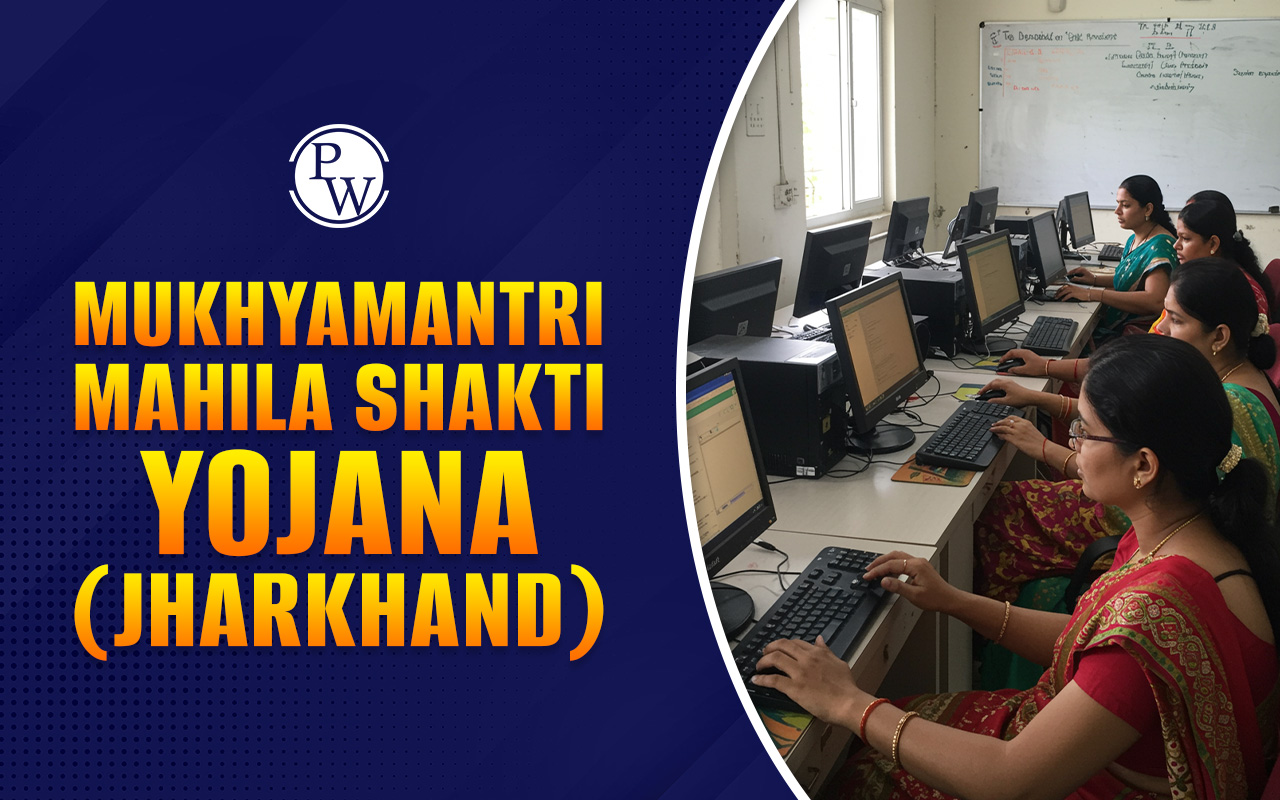
The Panchayati Raj system is the backbone of rural governance in India that aims to decentralize power and enhance grassroots democracy. The legal foundation for Panchayati Raj comes mainly from the 73rd Amendment, which requires the creation of these institutions in every state.
Each state has its own Panchayati Raj Act that defines the structure, authority, and responsibilities of these bodies. This system is crucial for ensuring that rural communities have a voice in governance and can address their specific needs effectively.National Panchayati Raj Day 2025
National Panchayati Raj Day is observed annually in India on 24th April to celebrate the establishment and significance of the Panchayati Raj system. This day is being celebrated since the first Panchayati Raj Day was declared in 2010 by then Prime Minister Manmohan Singh. This year, the National Panchayat Awards 2025 will be announced on this day to recognise their role in advancing grassroots development.
Panchayati Raj Institutions (PRI)
The term Panchayati Raj refers to a system of local self-governance in India, designed to ensure the participation of people in decision-making and to manage local affairs through elected bodies. These bodies are known as Panchayats, and they function at three levels: village, intermediate, and district levels.
The main objective of the Panchayati Raj system is to promote decentralized administration, empower local communities, and bring governance closer to the people. Panchayati Raj Institutions (PRI) enable citizens to have a say in the development of their villages, towns, and cities.
| Panchayati Raj - Overview | |
| Constitutional Basis | 73rd Amendment ( Part IX - Articles 243 to 243-0) |
| Supervision | Ministry of Panchayati Raj |
| Objective | Decentralized governance and empowerment of local self-government bodies. |
| Structure | Three-tier system:
|
| Composition | Elected representatives at each level. |
| Functionality | Local governance, planning, development, and implementation of schemes. |
| Authority | Powers over 29 functions including local administration, public welfare, education, health, etc. |
| Election | Must be held every 5 years for all tiers |
| Reservation | Provisions for reserved seats for Scheduled Castes (SC), Scheduled Tribes (ST), and women. |
| Fund Sources | Central and state government grants, local taxes, and other revenue sources. |
| Devolution of Powers | Powers transferred from state governments to Panchayats, as per state laws. |
| Supervision | State Election Commission oversees elections; the State Government monitors functions. |
Evolution of Panchayati Raj
The evolution of the Panchayati Raj in India can be traced back to ancient times when village councils, or "Panchayats," were an integral part of Indian society. In the early days, these councils were responsible for the administration of villages, resolving disputes, and making important decisions regarding local affairs. Later, British colonial rule disrupted traditional Panchayati systems.
Although some attempts were made to restore local governance, such as Lord Rippon’s Resolution of 1882, and Montague-Chelmsford Reforms of 1919, these reforms did not lead to genuine democratic institutions. Finally, the concept of Panchayati Raj was formally introduced after independence to involve rural areas in nation-building.
The first Gram Panchayat in India was established in Nagaur, Rajasthan, on 2 October 1959. Finally, the 73rd Constitutional Amendment provided constitutional status to PRIs, ensuring regular elections.
Key Committees Related to Panchayati Raj
Before the 73rd Constitutional Amendment, various committees were formed to look into the restructuring and strengthening of local governance to give it a uniform structure. Some key committees were:| Committee | Year | Key Recommendations |
| Balwant Rai Mehta Committee | 1957 |
|
| Ashok Mehta Committee | 1977-78 |
|
| G.V.K. Rao Committee | 1985 |
|
| L.M. Singhvi Committee | 1986 |
|
Constitutional Provisions for Panchayati Raj
The 73rd Amendment Act that came into force in 1993 marked a turning point for the Panchayati Raj in the Indian Constitution. It institutionalized the system, giving it constitutional status. Key provisions include:- Three-tier Structure: The act mandates a three-tier system – Gram Panchayat (village), Panchayat Samiti (block), and Zilla Parishad (district).
- Gram Sabha: Article 243A defines the Gram Sabha as a body consisting of persons registered in the electoral rolls for the Panchayat area.
- Elections: Panchayat shall have a term of five years from the date of its first meeting, with provisions for early dissolution under certain conditions under Article 243E.
- Reservation: Seats are reserved for Scheduled Castes (SC), Scheduled Tribes (ST), and women under Article 243D.
- State Election Commission: Responsible for conducting Panchayat elections at the state level.
- State Finance Commissions: SFC under Article 243I recommends financial allocations for Panchayats.
- Powers and Functions: Panchayats are entrusted with 29 subjects listed in the Eleventh Schedule, including agriculture, education, and rural development.
Panchayati Raj Structure
The Panchayati Raj structure consists of a Chairperson and other members elected directly by the people and follows a three-tier model for efficient governance: Gram Panchayat (Village Level):- Led by the Sarpanch, directly elected by the villagers.
- Responsible for implementing schemes and maintaining basic infrastructure.
- Comprises representatives from Gram Panchayats within a block.
- Coordinates development activities across villages.
- A State with a population of less than 20 lakh may not constitute this intermediate level.
- Supervises and integrates plans from block-level panchayats.
- Plays a crucial role in district-wide development.
Significance of Panchayati Raj
The Panchayati Raj system plays a crucial role in India's democratic framework. Its significance can be understood through:- Empowerment of Rural Areas: Promotes participatory democracy by involving citizens in decision-making processes at the local level.
- Decentralisation of Power: Governance is no longer centralised, ensuring region-specific solutions to problems.
- Implementation of Welfare Schemes: Panchayats are instrumental in executing schemes like MGNREGA, SVAMITVA Yojana, and Swachh Bharat Abhiyan.
- Social Justice: Ensures representation of marginalized groups (SCs, STs, women) through reserved seats, promoting inclusivity and equality.
- Enhances Accountability: Local self-governments are directly accountable to the people they serve, which encourages transparency and responsiveness in governance.
- Economic Development: Enhances local economic development through better resource management and local entrepreneurship, particularly in rural areas.
UPSC Mains PYQs on Panchayati Raj
UPSC Mains 2018: Assess the importance of the Panchayat system in India as a part of local government. Apart from government grants, what sources the Panchayats can look out for financing development projects? (250 words, 15 marks)In conclusion, Panchayati Raj plays a crucial role in strengthening democratic governance, ensuring inclusive development, and empowering local communities.
| UPSC Related Articles | ||
| UJALA Scheme | 10 Years of NITI Aayog | Maha Kumbh 2025 |
| IMD 150th Foundation Day | National Sports Awards | SpaDeX Mission |
Panchayati Raj FAQs
What is Panchayati Raj?
Panchayati Raj system was first introduced in which state?
What is the 73rd Amendment Act?
What was the first Gram Panchayat in India?
What are the key provisions of the Panchayati Raj in the Indian Constitution?










